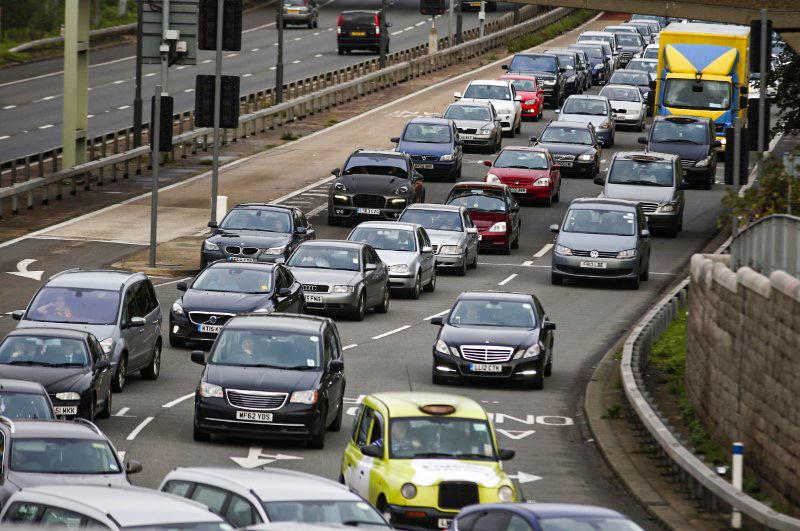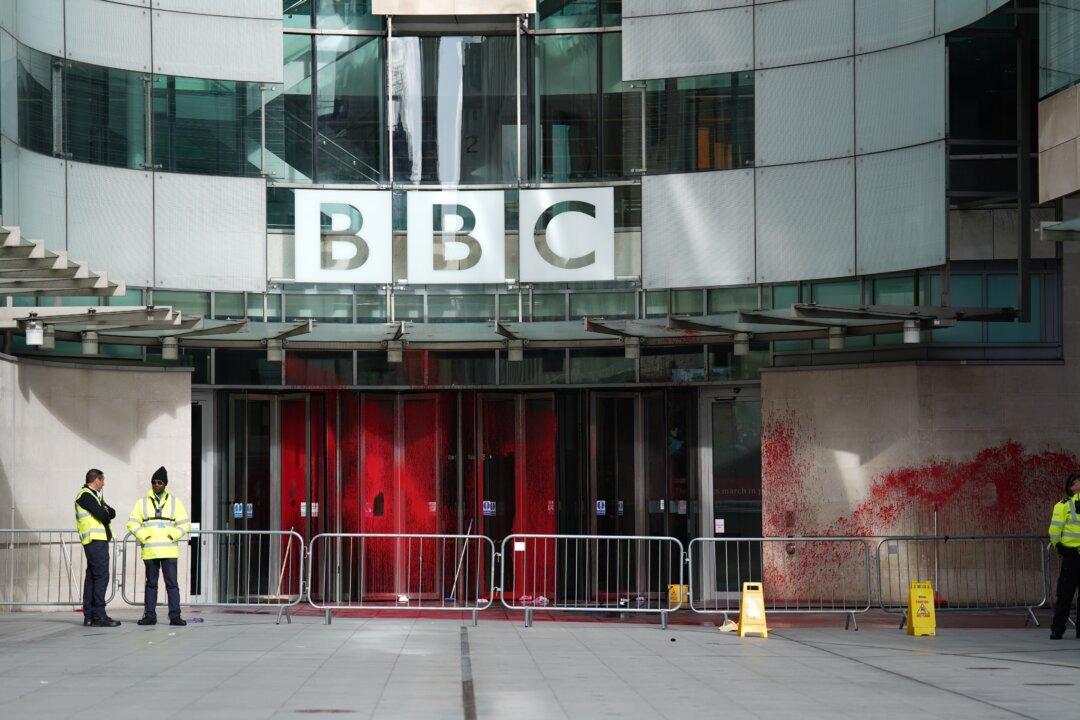The UK will need thousands more schools, roads and GP surgeries to cope with current levels of mass immigration, research by a British think tank has found.
Migration Watch said public services will “simply be unable to cope” if net migration carries on at current record-high levels.





